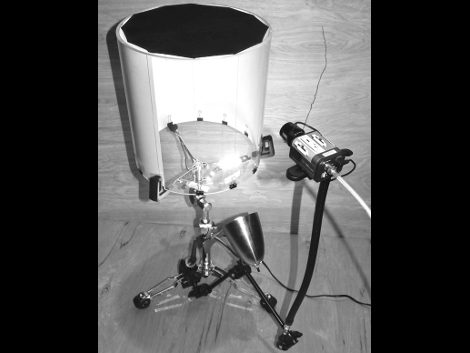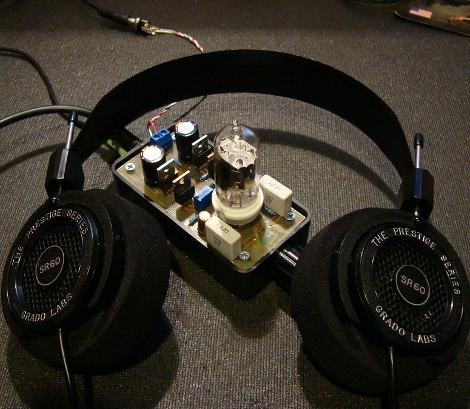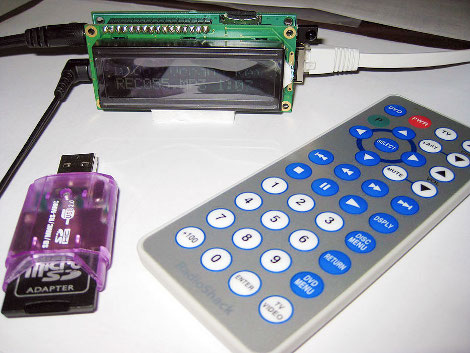
The silent drum is played with your hands. It acts as a midi device by analyzing the movement of the rubbery black drum head. As you can see in the photo, one side of the body is clear and the other is white. A light shines up into it to boost the contrast and a camera picks up the black head as it moves past the white side of the shell. [Jaime Oliver] has provided an interesting look at the analysis method used with this instrument and there’s also a system of notating a composition for future performance. See and hear it played in the demo after the break.














